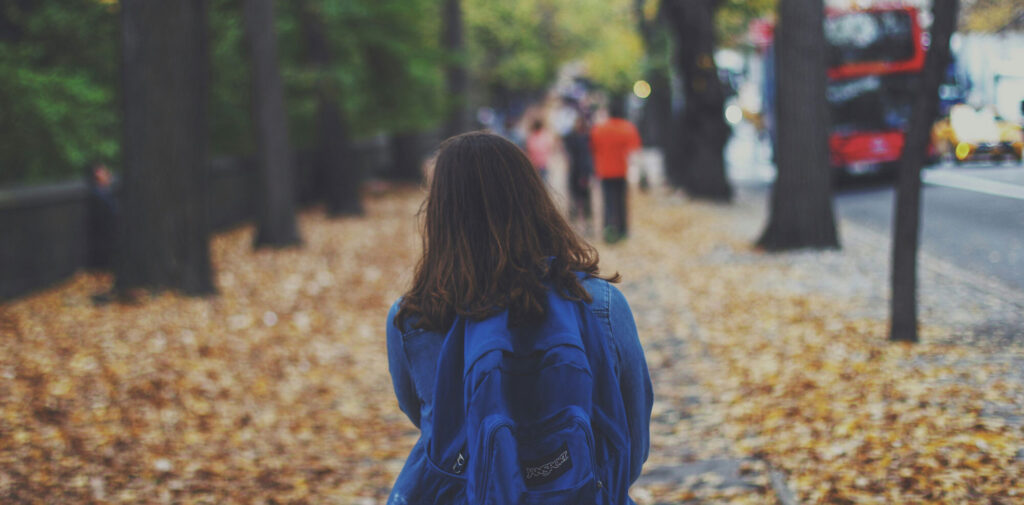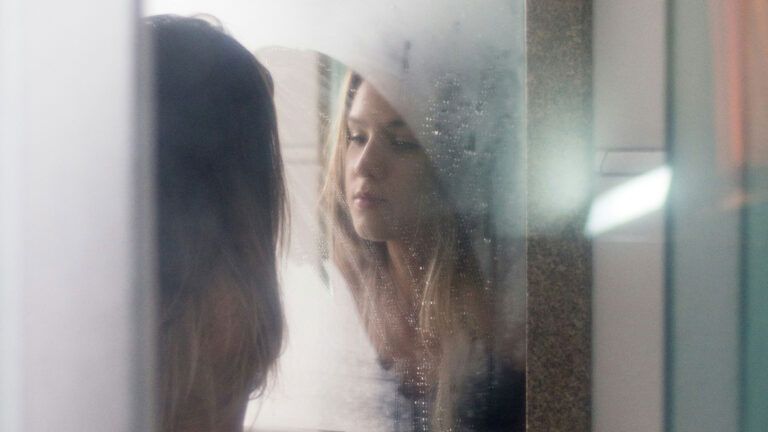Trichotillomania is a body-focused repetitive behavior classified as an impulse control disorder (along the lines of pyromania, kleptomania, and pathologic gambling) which involves pulling out one’s hair. Hair pulling may occur in any region of the body in which hair grows but the most common sites are the scalp, eyebrows, and eyelids.
Occurring more frequently in females, it is estimated that 1%-2% of adults and adolescents suffer from trichotillomania. In general, trichotillomania is a chronic condition that will come and go throughout an individual’s life if the disorder is not treated. For some individuals, the disorder may come and go for weeks, months, or years at a time. [1]
Causes
There is no certain cause of trichotillomania, but the current way of looking at trichotillomania is as a medical illness. One theory on a biological level is that there is some disruption in the system involving one of the chemical messengers between the nerve cells in parts of the brain. There may be also a combination of factors such as a genetic predisposition and an aggravating stress or circumstance; as with many other illnesses. Further, trichotillomania could be a symptom caused by different factors in different individuals just as a cough can be produced by a multitude of different medical problems. Finding the cause(s) will take more research.
The most common age of onset is in preadolescents to young adults. On average, it is typically between 9 and 13 years, with a peak between 12 and 13 years. [2][3] It is possible that hair pulling may be seen in infants, but this behavior typically resolves during early development. The onset of this disorder may be preceded or accompanied by various emotional states, such as feelings of anxiety or boredom. A stressful event such as abuse, family conflict, or death may also trigger trichotillomania.
Symptoms
- Recurrent pulling out of one’s hair resulting in noticeable hair loss
- An increasing sense of tension immediately before pulling out the hair or when resisting the behavior
- Pleasure, gratification, or relief when pulling out the hair
- The disturbance is not accounted for by another mental disorder and is not due to a general medical condition (i.e., dermatological condition)
- Repeated attempts have been made to decrease or stop hair pulling
- The disturbance causes significant distress or impairment in social, occupational, or other important areas of functioning. Distress may include feeling a loss of control, embarrassment, or shame and impairment may occur due to avoidance of work, school, or other public situations.
- Hair pulling may be accompanied by a range of behaviors or rituals involving hair. For example, individuals may search for a particular kind of hair to pull or they may try to pull out hair in a specific way. Individuals might also visually examine or tactilely or orally manipulate the hair after it has been pulled (e.g., rolling the hair between the fingers, pulling the strand between the teeth, biting the hair into pieces, or swallowing the hair).
Co-Occurring Conditions
During adolescence, which is an especially crucial time for developing self-esteem, body image, comfort with sexuality, and relationships with peers of both sexes, teens may endure ridicule from family, friends, or classmates, in addition to feeling shame over their inability to control the habit. Therefore, even a small bald patch can cause devastating problems with development that can last life-long. Although many people with trichotillomania get married and carry on with their lives in a “normal” fashion; there are those who avoid intimate relationships for fear of having their shameful secret exposed, leading to the conclusion that the shame associated with this behavior is the greatest debilitating effect of trichotillomania. [4]
Trichotillomania is on the obsessive-compulsive spectrum, which means that it shares many symptoms of obsessive-compulsive disorder (OCD), such as compulsive counting, checking, or washing. These two disorders commonly run in the same families and medications used to treat OCD can be helpful in treating trichotillomania.
Depression also frequently occurs in individuals with this illness, along with excoriation (skin-picking) disorder. Other body-focused repetitive behaviors, such as nail biting, thumb sucking, head banging, or compulsive scratching are also common.
Treatments
The two methods of treatment that have been scientifically researched and found to be effective are behavioral therapy and medications, which are generally used in combination.
- Therapy. In behavioral therapy, people learn a structured method of keeping track of the symptoms and associated behaviors, increasing awareness of pulling, substituting incompatible behaviors and several other techniques aimed at reversing the “habit” of pulling.
- Medications. Although medications clearly help some people temporarily, symptoms are likely to return when the medication is stopped unless behavioral therapy is incorporated into treatment. Medications may help to reduce the depression and any obsessive-compulsive symptoms the person may be experiencing.
Commonly used medications are:
- fluoxetine (Prozac)
- fluvoxamine (Luvox)
- sertraline (Zoloft)
- paroxetine (Paxil)
- clomipramine (Anafranil)
- valproate (Depakote)
- lithium carbonate (Lithobid, Eskalith)
From Our Partners
Read stories from people living with Trichotillomania on The Mighty.
Additional Resources
Obsessive-Compulsive Foundation
Phone: (203) 401-2070
Email: info@ocfoundation.org
www.ocfoundation.org
The TLC Foundation for Body-Focused Repetitive Behaviors
Phone: (831) 457-1004
Email: info@bfrb.org
www.bfrb.org

